#1970 VW Beetle
Explore tagged Tumblr posts
Text

From the car files: a 1970 Volkswagen Beetle ad.
#volkswagen beetle#volkswagen#1970 volkswagen beetle#german cars#1970 volkswagen#1970 beetle#vw beetle#vw#1970 vw#1970 vw beetle#groovy#psychedelic art#car art#custom cars#70s cars#vintage advertising#groovy art#70s aesthetic
155 notes
·
View notes
Text
1974 Volkswagen Beetle







181 notes
·
View notes
Text

Bug love 🪲🛞🐞
#volkswagen#carspotting#vintage cars#beetle#vw#classic cars#red and black#volkswagon beetle#vw bug#german cars#cars#cute cars#cool cars#vw beetle#vintage vw#volkswagen bug#classic car#vintage style#vintage car#1960s#1970s#Spotify
41 notes
·
View notes
Text












Spiked beetle from The Cars That Ate Paris (1974)
#the cars that ate paris#volkswagen beetle#vw beetle#cars#old cars#mad max#1974#70s movies#1970s film#australian cinema#peter weir#silver#spikes#movie cars
14 notes
·
View notes
Text

boston, massachusetts 1972
washington street
photograph by nick dewolf https://www.flickr.com/photos/dboo/5193547032
#photography#film#color#35mm#boston#massachusetts#streetphotography#citylife#washingtonstreet#people#cars#elevated#orangeline#volkswagen#vw#beetle#1970s
83 notes
·
View notes
Text

Temporary pedestrian overpass on Kossuth Lajos Street, Budapest, 1975. From the Budapest municipal photography company archive.
83 notes
·
View notes
Text

How to sell cars in 1970
#vw#vw beetle#volkswagen#advertising#mad men#classic ads#classic car#1970#you do you#beetle car#ddb#think small#think different#don draper
4 notes
·
View notes
Text
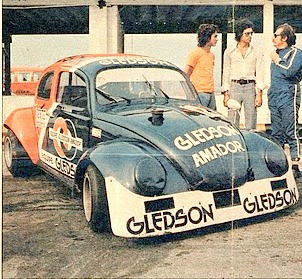
Brazilian auto journalist and racing driver Expedito Marazzi (far right) in the 1970s Brazilian Stock Car “Division 3” with one of the highly modified VW Beetles that competed in the class.

1 note
·
View note
Text



1970 VW Beetle 1302 Convertible
My tumblr-blogs: https://www.tumblr.com/blog/germancarssince1946 & https://www.tumblr.com/blog/frenchcarssince1946 & https://www.tumblr.com/blog/englishcarssince1946
1 note
·
View note
Text
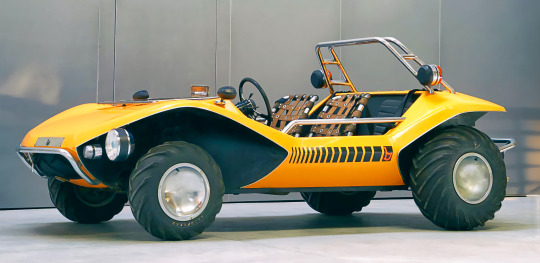
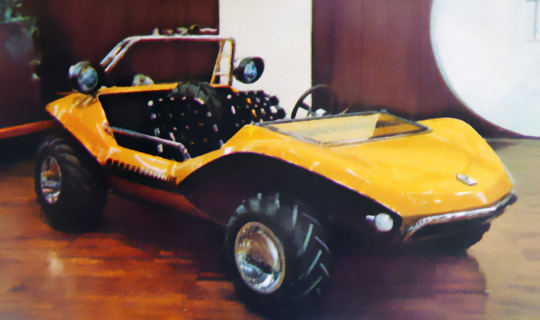
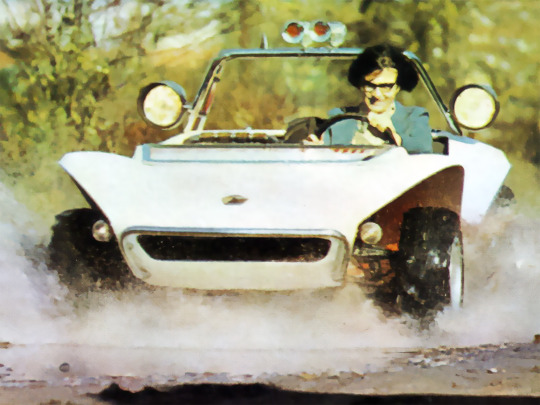
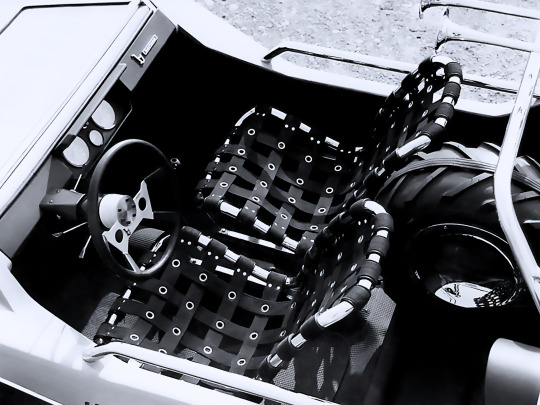
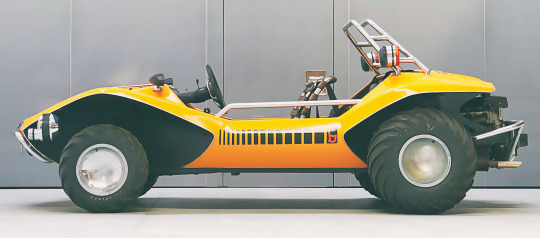

Betone Shake, 1970. Designed by Marcello Gandini based on the rear-engined Simca 1200 S Coupé and presented at the Paris Motor Show. Compared to the many VW Beetle-based beach buggies of the era the Shake was highly finished featuring sophisticated detailing. Bertone made 2 prototypes, with the French specialist car-making Matra making 2 further cars in consideration of series production but the project came to nothing.
#Bertone#Bertone Shake#Marcello Gandini#concept#prototype#design study#]beach buggy#rear engine#Simca 1200 S#Paris Motor Show#open roof#1970#1970s#Matra
223 notes
·
View notes
Text
What Happened to the VW Bus? Is It Coming Back?
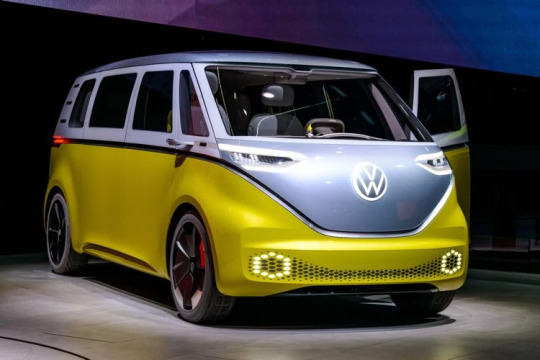
Actually, nothing happened to the VW bus. It just became less popular, temporarily, in the United States. And yes, it is coming back in a big way!
After the 1970s, the U.S. shut down VW bus manufacturing since the popular van was no longer was able to meet new safety and emissions standards. Production continued in Brazil, however, until 2014, when Brazil enacted new standards that the current model of the bus couldn’t meet. When that happened, the German production factory shut down its production after 63 years – the longest running time of any vehicle ever.
Now, many people are excited to learn the Volkswagen Bus is coming back next year, in 2024 – as the ID. Buzz (yes, that is its name!). It’s electric, eclectic and brings back a hint of the hippie movement psychedelic nostalgia with its neon colors: tangerine, lime, grape and more. Volkswagen is hoping to once again earn the respect and admiration of a new generation of car buyers.
One reason the VW bus became obsolete was its failing safety measures. No matter what you choose to drive, being safely prepared for the road by purchasing affordable car insurance will ensure your favorite vehicle never goes out of style.
The Peculiar History of the VW Bus
Although many people in the U.S. think of the iconic Volkswagen bus as the original hippie van from the 1960s, it has a different association in Europe, where it was born in Germany in the 1940s. Colloquially called the VW Bus in America and the VW Camper in the UK, the Volkswagen bus was modeled after the German Plattenwagen, a vehicle originally made to carry car parts. Dutch businessman, race car driver, winemaker and Olympian Ben Pon, always looking for something new and already selling the hugely popular VW Beetle in the United States, saw the Plattenwagen during a tour of the Volkswagen plant in West Germany one day and the lightbulb went off.
The Beetle paved the way for what was known then as the VW Transporter, later called the Volkswagen Microbus and then, in later years, the Bus. In the 1950s when the Transporter hit the market, buyers could choose from 8 different models, all designed to answer a specific need. Today, there are more than 15 variations of the Transporter (or T models) on the market.
For example, the Kombi VW bus featured removable rear seats so consumers could use the van to carry cargo (and people). A variety of side windows options also made an appearance during these days, with a low-end version offering 11-15 windows spaced around the van and high-end versions offering 23-window VW buses. Early models carried a hard to clean split front windshield, earning it one of many nicknames, “the Splitty.” Volkswagen did away with this unpopular feature, creating a solid front windshield.
In Europe, families and friends used the popular bus for camping trips, as did Americans, who also plastered peace signs all over it and drove it to see Jerry Garcia and the Grateful Dead. Europeans turned it into an ambulance, and everyone used its large interior for deliveries and carting stuff around.
In the 1960s, things began to turn around in the U.S. market when people became more concerned with vehicle safety and emissions – and something known as the chicken tax.
Chicken Tax
The Chicken War started when American farmers adopted poultry factory farming practices in the 1950s. Soon, chicken was being exported to Europe in mind-boggling numbers – which didn’t sit well with German farmers. Feathers flew and, as a result, high tariffs were implemented on imported chicken in Europe.
In America, the United Auto Workers were threatening a strike over the importing of the popular Volkswagen Type 2 pickup truck.
In response to both of the above, President Johnson imposed a 25% tax on imported light trucks. Called the Chicken Tax, it’s still in effect today. The effect on the Volkswagen is, in order to avoid the Chicken Tax, the vehicle cannot be sold as a truck or any kind of commercial vehicle.

Today’s Volkswagen Bus
Today, three different iterations of the VW bus are on the production line at a plant in Hanover, Germany. The model year T6 continues to be built with a van platform but is ceasing production with the new ID. Buzz. This is its last year. The T7 is a medium-sized Transporter with a large cargo area marketed as a plug-in hybrid. And the newest member of this family of unconventional members is the Buzz, due in the U.S. in 2024.
In Europe, the electric Buzz rolled into the market in 2022 and found new categories to master, including as a police car, a school bus, a postal truck and much more. But in America, the Buzz will never climb to the exalted ranks of a service vehicle. The chicken tax took care of that. It will always be a passenger van on these shores.
The Buzz About the Buzz
Let’s talk specifics about this new van that’s supposed to bring us all back to the days of concerts, tie-dye and peace signs. Of course, it is electric. But what other changes will we see?
Appearance: Some people think the new Buzz looks similar to the old Scooby-Doo van. Others think it looks like what might happen if a modern minivan had a baby with a sleek sports car. It certainly no longer has the goofy smile of the old VW Bus. Some people say it looks like an angry cousin.
Mechanics: It’s no longer necessary to carry around the “How to Fix Your Volkswagen for the Complete Idiot” and 3 wrenches. The downside is that a paper clip and a rubber band won’t fix the rear engine until you can get it to a shop. And, gasp, it comes in automatic transmission, too. Staying on top of maintenance will get you further.
Noise and Driving: If you’ve ever driven or ridden in an older VW Microbus, you already know how noisy it was, with bone-jarring shakes and rattles. It may – or may not – make it up that steep hill in the mountains of Colorado. Perhaps try reverse to make it up? Today’s version will have up to 201 horsepower (the original had an HP of two digits). It’s supposed to be much easier to maneuver. You’ve got to wonder if they took out all the fun!
Smart Car: You probably won’t consider the new Buzz as you did its distant little brother or sister. In the 60s, the bus was considered a valuable and friendly member of the family. The Buzz is more like the rather stern computer Hal in “2001: A Space Odyssey” (except for the part where Hal goes crazy and murders the crew). That won’t happen with Buzz, but it may stop you from switching lanes without signaling or flashing colors at you if there’s an obstruction in the road.
Overall, VW is banking on the new trend for electrical vehicles to help it become the world player it once was with the Beetle and the original VW bus in decades past. And although it may cost quite a bit more than the original ($1,800 vs $40,000), there are still fans clamoring to get a piece of yesterday for today.
Protect Your Vehicle Investment with Freeway Insurance
Whether you choose to drive a new electric VW Buzz or you are thrilled to get your hands on the iconic 60s version, having the right auto insurance can help you protect your ride and yourself. At Freeway Insurance, we can find affordable insurance that meets your budget and your needs. To get started, get a quick online quote, give us a call at (800) 777-5620 or stop by one of our convenient locations.
3 notes
·
View notes
Text

A blue bug basks in the sun.
#volkswagen#classic cars#convertible#vintage cars#german cars#vw beetle#vw#classic car#vintage car#volkswagen beetle#German car#1970s#1960s#carspotting#volkswagen bug#convertibles#blue cars#blue car#vintage#classic#cars#cool cars#fun cars#Spotify
5 notes
·
View notes
Text

"House of Lords" apartment building, Kossuth Square, Kecskemét, 1972. From the Budapest Municipal Photography Company archive.
86 notes
·
View notes
Text
So this past Thursday was kind of a hard day for me. My head hurt and I was having some tummy troubles to keep it vague. So I desperately wanted to go home throughout the day. What made it better/was the big bright spot of the day was a conversation with a customer's husband.
His wife was busy looking at machines and he and his wife were in conversation with my one coworker about travel and their old VW beetle which was from 1970, I think they said. (I'm a big fan, but that's beside the point.) With the travel part of the conversation is where I got drawn in, because the husband had mentioned that they had visited/stopped in Riverside, Idaho.
Now for my coworker who was dealing with them this didn't perk her attention like it did mine. (Because who those of you who don't know, I'm very much a Star Trek girl. There's very little of Star Trek that I haven't at least least seen once or at least of heard of.)
The husband of course brought up the fact that Riverside is the future birthplace of Captain Kirk, as I nodded along in agreement because I knew that and was the first thing that came to mind was that that's Kirk's birthplace (though the future was left off in my mind.) I was immediately begged as a Trekkie, which I certainly don't deny. So I ended up having a really good like conversation about Trek with him. He even showed me some of the pictures that he took while in Riverside, though they didn't make it to the Kirk statue due to construction. He showed me a picture of a quilt which had the Enterprise silhouette on it, as well as him sitting in a replica captain's chair. He also mentioned how they hadn't made to Bloomington, Indiana to visit Janeway's future home town.
We discussed some of the different series vaguely and without going deep into any of them. He mentioned how he had a little bit of a hard time getting into Next Gen at first. I had mentioned that DS9 wasn't my favourite because of its darker tone, which brought up Picard and it's darker tone but fun last season and seeing the Enterprise D was again. We both agreed that Strange New Worlds is incredibly enjoyable and that the musical episode was so good and such a fun time. Both of us are looking forward to the new season when it comes out.
So overall after struggling for the third day with a hurty head to some degree and some gut issues, it was just a much needed bright spot in my week.
#while we never dived into any topic deeply he did tell me about some of his collection that he has#also some of the books that he has#so it was just a really interesting conversation that made my day a bit better when I felt so terrible
1 note
·
View note

